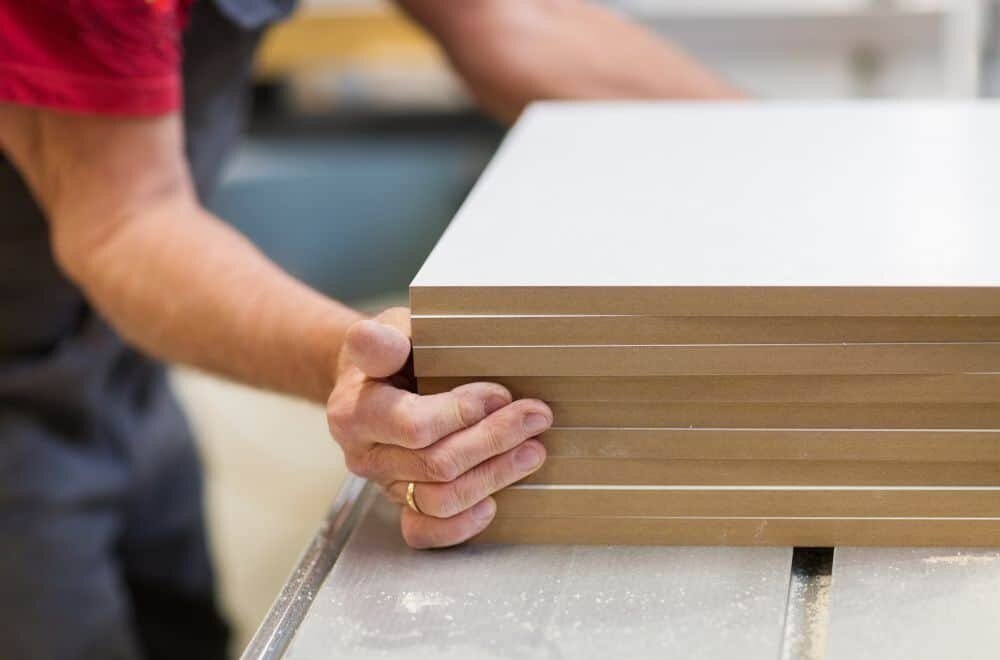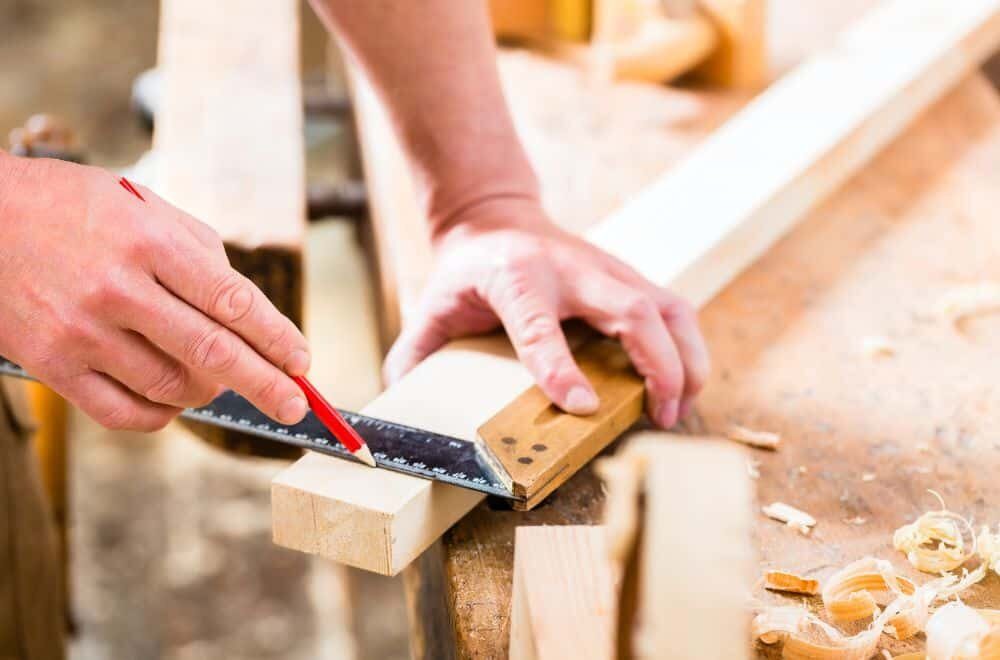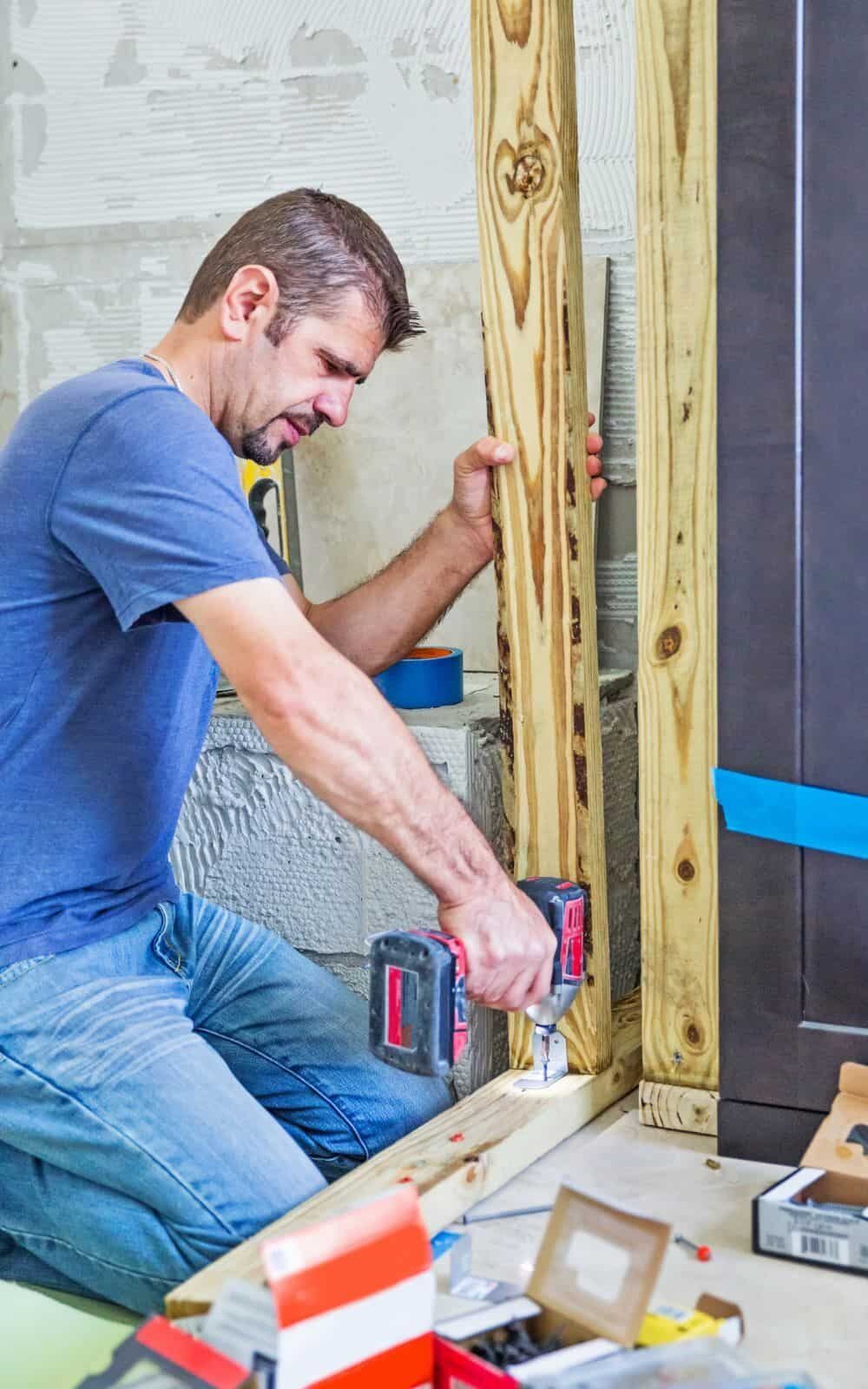Taking apart a wooden pallet may seem like a daunting task, but with the right tools and techniques, it can be a breeze. Whether you’re looking to repurpose the wood for a DIY project or simply need to dispose of the pallet, knowing how to properly dismantle it is essential. In this article, we’ll walk you through the steps to take apart a wooden pallet without damaging the wood.
Before you begin, it’s important to choose a pallet that is in good condition and free from any signs of deterioration. This will ensure that the wood is strong enough to be repurposed and will not break apart during the dismantling process. Once you have selected your pallet, you can begin the process of taking it apart using a variety of methods, including a reciprocating saw, pry bar, or hammer and chisel. We’ll explore each of these methods in detail and provide tips to help you safely and efficiently dismantle your pallet.
Understanding Pallets
When it comes to taking apart a wooden pallet, it’s important to understand the different types of pallets and how to identify their quality. In this section, we’ll cover the basics to help you get started.
Types of Pallets
There are two main types of pallets: stringer pallets and block pallets. Stringer pallets have two long pieces of wood, called stringers, that run the length of the pallet and support the deck boards. Block pallets have additional pieces of wood, called blocks, that are placed between the stringers to provide extra support.
Block pallets are generally considered to be stronger and more durable than stringer pallets, but they can also be more difficult to take apart because of the additional pieces of wood.
Identifying Wood Quality
When selecting a pallet to take apart, it’s important to look for signs of quality. Here are a few things to keep in mind:
- Look for pallets that are in good condition with no signs of rot or damage.
- Check the quality of the wood by looking at the grain and knots. Straight grain and few knots typically indicate higher quality wood.
- Avoid pallets that have been treated with chemicals, as these can be harmful to your health and the environment.
- Look for pallets that have been stamped with an IPPC (International Plant Protection Convention) mark. This indicates that the pallet has been heat-treated to prevent the spread of pests and diseases.
By understanding the different types of pallets and how to identify quality wood, you can select the best pallets to take apart and ensure that the wood is safe and usable for your projects.
Safety Precautions
Before you start taking apart a wooden pallet, it’s important to take some safety precautions to avoid any injuries. Here are some things to keep in mind:
Protective Gear
Wearing protective gear is crucial when working with wood. Here are some items you should consider wearing:
- Gloves: Wear gloves to protect your hands from splinters, nails, and other sharp objects.
- Eye protection: Wear safety glasses or goggles to protect your eyes from flying debris.
- Dust mask: Wear a dust mask to protect your lungs from sawdust and other debris.
Safe Work Environment
Creating a safe work environment is important to avoid accidents. Here are some tips to keep in mind:
- Clear the area: Make sure the area around you is clear of any obstacles or tripping hazards.
- Stable surface: Work on a stable surface to avoid any wobbling or tipping.
- Proper lighting: Make sure you have proper lighting to avoid any accidents or mistakes.
- Tools: Make sure you are using the right tools for the job. Using the wrong tool can be dangerous and may cause damage to the wood.
By following these safety precautions, you can ensure that you are working in a safe environment and avoid any injuries.
Tools Required
Taking apart a wooden pallet can be a fun and rewarding DIY project, but it requires the right tools for the job. Here are the essential tools you will need to take apart a pallet safely and efficiently:
Claw Hammer
A claw hammer is a versatile tool that can be used to remove nails from the pallet boards. It is important to use a hammer with a clawed end, as this will make it easier to grip and remove the nails. Make sure the hammer is comfortable to hold and has a good grip to prevent slipping.
Pry Bar
A pry bar is a useful tool for removing stubborn nails or boards from the pallet. It is important to choose a pry bar with a flat end, as this will prevent damage to the wood. Look for a pry bar with a comfortable grip and a sturdy construction.
Reciprocating Saw
A reciprocating saw is a power tool that can be used to quickly and easily cut through the nails and boards of a pallet. It is important to choose a saw with a demolition or bi-metal blade, as this will be more durable and effective. Make sure the saw has a comfortable grip and is easy to control.
Safety Gear
Taking apart a pallet can be a messy and potentially dangerous process, so it is important to wear the right safety gear. This includes gloves to protect your hands, safety glasses to protect your eyes, and a dust mask to prevent inhalation of dust and debris.
By using these essential tools, you can take apart a wooden pallet safely and efficiently. Remember to always use caution and follow safety guidelines when working with power tools.
Disassembling the Pallet
When it comes to disassembling a wooden pallet, there are two main steps you need to take: removing the nails and separating the boards. Here’s how to do it:
Removing Nails
Before you can separate the boards, you need to remove the nails that are holding them together. There are a few different methods you can use to do this:
- Pry Bar: A pry bar is a great tool to use for removing nails from a pallet. Simply slide the flat end of the pry bar under the nail head and use leverage to pull the nail out.
- Hammer: If you don’t have a pry bar, you can also use a hammer to remove the nails. Use the claw end of the hammer to grip the nail and pull it out.
- Reciprocating Saw: If you have a reciprocating saw, you can use it to cut through the nails and separate the boards. However, this method can be more dangerous and should only be attempted by experienced users.
No matter which method you choose, be sure to wear gloves and eye protection to avoid injury.
Separating Boards
Once you’ve removed the nails, you can start separating the boards. Here are a few tips to make the process easier:
- Use a Crowbar: A crowbar is a great tool to use for separating the boards. Slide the flat end of the crowbar between the boards and use leverage to pry them apart.
- Tap with a Hammer: If the boards are still stuck together, you can tap them with a hammer to loosen them up. Be careful not to damage the boards while doing this.
- Use a Jigsaw: If you have a jigsaw, you can use it to cut through any stubborn boards that won’t come apart. However, this method can be time-consuming and should only be used as a last resort.
Remember to take your time and be patient when separating the boards. With a little bit of effort, you can turn a wooden pallet into a pile of usable lumber for your next project.
Post-Disassembly Tips
Once you have successfully disassembled your wooden pallet, there are a few things you can do to ensure that the wood is ready for your next project. Here are some post-disassembly tips to keep in mind:
Cleaning the Wood
Before using the wood from your disassembled pallet, it’s important to clean it thoroughly. You can use a wire brush to remove any dirt or debris that may be stuck in the wood. You can also use sandpaper to smooth out any rough spots or splinters.
Once you have cleaned the wood, you can choose to stain or paint it to give it a new look. You can also leave it natural if you prefer the rustic look.
Storing Disassembled Pallets
If you have disassembled more pallets than you need for your current project, you may want to store the extra wood for future use. Here are some tips for storing disassembled pallets:
- Keep the wood in a dry, cool place to prevent warping or rotting.
- Store the wood flat to prevent it from bending or warping.
- If you have a large amount of wood, consider stacking it on a pallet or shelf to keep it organized and easy to access.
By following these post-disassembly tips, you can ensure that your wooden pallets are ready for your next project and will last for years to come.




